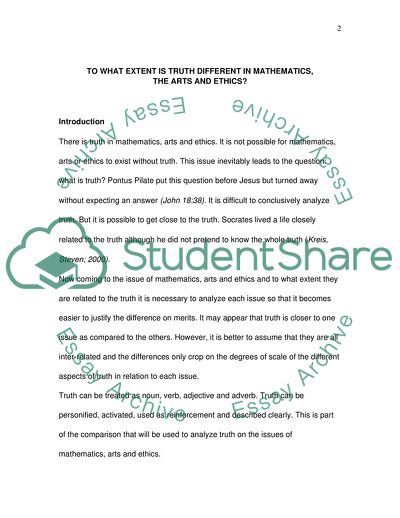Cite this document
(To What Extent Is Truth Different in Mathematics, the Arts and Ethics Essay - 2, n.d.)
To What Extent Is Truth Different in Mathematics, the Arts and Ethics Essay - 2. https://studentshare.org/philosophy/1732915-to-what-extent-is-truth-different-in-mathematics-the-arts-and-ethics
To What Extent Is Truth Different in Mathematics, the Arts and Ethics Essay - 2. https://studentshare.org/philosophy/1732915-to-what-extent-is-truth-different-in-mathematics-the-arts-and-ethics
(To What Extent Is Truth Different in Mathematics, the Arts and Ethics Essay - 2)
To What Extent Is Truth Different in Mathematics, the Arts and Ethics Essay - 2. https://studentshare.org/philosophy/1732915-to-what-extent-is-truth-different-in-mathematics-the-arts-and-ethics.
To What Extent Is Truth Different in Mathematics, the Arts and Ethics Essay - 2. https://studentshare.org/philosophy/1732915-to-what-extent-is-truth-different-in-mathematics-the-arts-and-ethics.
“To What Extent Is Truth Different in Mathematics, the Arts and Ethics Essay - 2”. https://studentshare.org/philosophy/1732915-to-what-extent-is-truth-different-in-mathematics-the-arts-and-ethics.


